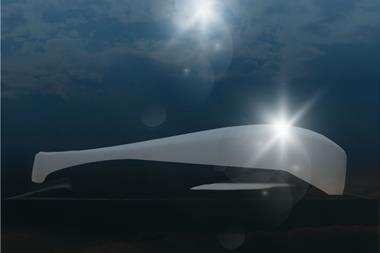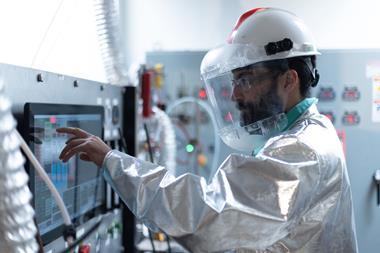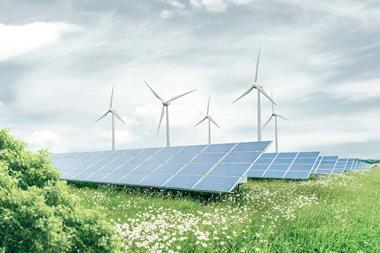Making ‘cuts’ seems to be the automotive manufacturing solution of the moment; whether it’s cutting weight from a vehicle, perhaps most dramatically exemplified by the new Range Rover, or cutting production in the case of many of the European OEMs in the face of a lifeless market. Lightweighting vehicles (a subject we have covered recently in AMS) perhaps seems the ‘simplest’ way of improving a vehicle’s efficiency and cutting CO2 emissions, especially when there are so many new materials available to manufacturers.
However, while there has been much development in the use of lightweight materials in vehicle construction, the industry remains, perhaps understandably, entrenched in the current methods of construction and as a result wedded to the more traditional materials. Unsurprisingly given the high capital investment in presses, welding and painting systems, OEMs cannot simply abandon processes that, for the most part, have proved effective and economically lucrative.
The technical issues in utilising exotic lightweight materials in mass production obviously have a knock on effect on the economic viability of their use, but the continuing legislative drive to reduce vehicle emissions means the need to increase their integration in vehicle structures remains. Which is why the new Range Rover is so impressive, not so much for its styling (very good) or driving dynamics but because of the OEM’s bold and extensive use of aluminium in the construction of an SUV renowned for its rugged off-road capability.
But Jaguar Land Rover are no strangers to using this material and have committed to its use on previous models as well as the highly anticipated new F-Type sports car. They are not alone in producing vehicles with a high level of aluminium content but this model demonstrates what is possible in mass production, building on years of development in the production process. Certainly the automotive manufacturing industry is awash with new technologies designed to ease the higher integration of lightweight alloys, composites and plastics, but the dilemma for many OEMs is weighing what is possible against what is affordable.
And this dilemma is being exacerbated by current economic conditions in the Eurozone. Many are suffering with problems of over-production in their long established European manufacturing bases, as market demand dwindles. As has been widely reported this has resulted in less inspiring cuts being made to working hours, production levels and more seriously entire plants. And paradoxically while many OEMs cut production in the European market they are seeing unprecedented levels of growth in sales and production capacity in developing economies. It remains to be seen the outcome of much shuffling of European manufacturing plans and the impact this will have, not just on the fortunes of the carmakers but also the speed of development in new vehicle developments.


































